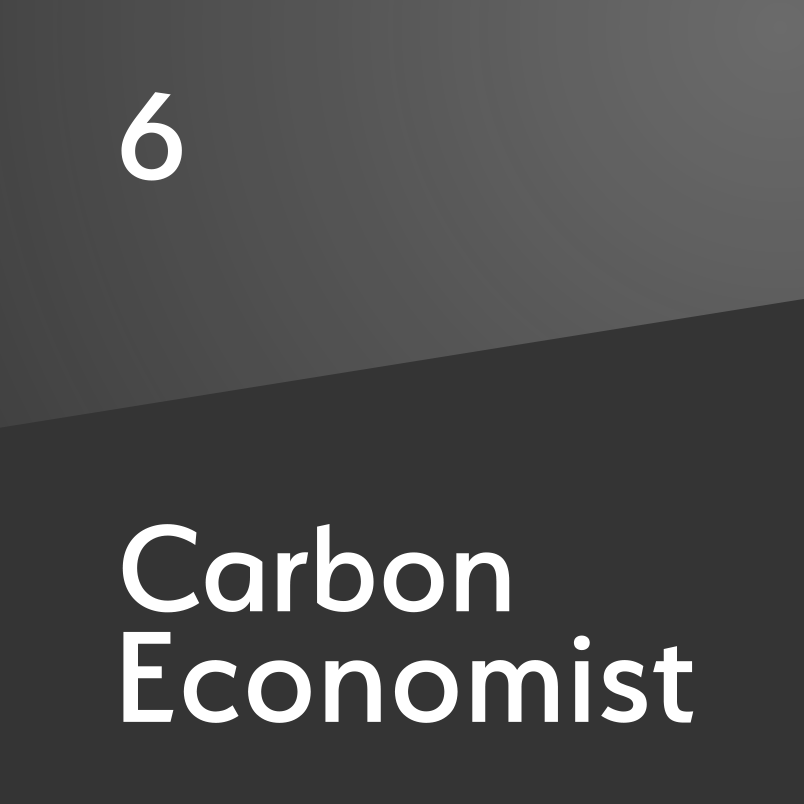Iran’s downstream braces for the challenge
Iran’s downstream sector is almost as important for the country’s economic and strategic goals as the headline-hogging upstream
The Iranian downstream energy industry faces many of the same problems as its upstream counterpart - a lack of finance and foreign investment, and difficulty in accessing equipment and technology, largely but not entirely because of sanctions. The country's five-year energy plan post-sanctions involved spending about $70bn in petrochemicals and $14bn in refinery upgrades. The petrochemicals strategy is focused largely on making the most of Iran's giant, low-cost production of gas and associated natural gas liquids (NGLs) production. Iran's refining sector development has three key, related aims—to increase the output of lighter products; to minimise the yield of low-value fuel oil; and to el

Also in this section
5 December 2025
Mistaken assumptions around an oil bull run that never happened are a warning over the talk of a supply glut
4 December 2025
Time is running out for Lukoil and Rosneft to divest international assets that will be mostly rendered useless to them when the US sanctions deadline arrives in mid-December
3 December 2025
Aramco’s pursuit of $30b in US gas partnerships marks a strategic pivot. The US gains capital and certainty; Saudi Arabia gains access, flexibility and a new export future
2 December 2025
The interplay between OPEC+, China and the US will define oil markets throughout 2026







